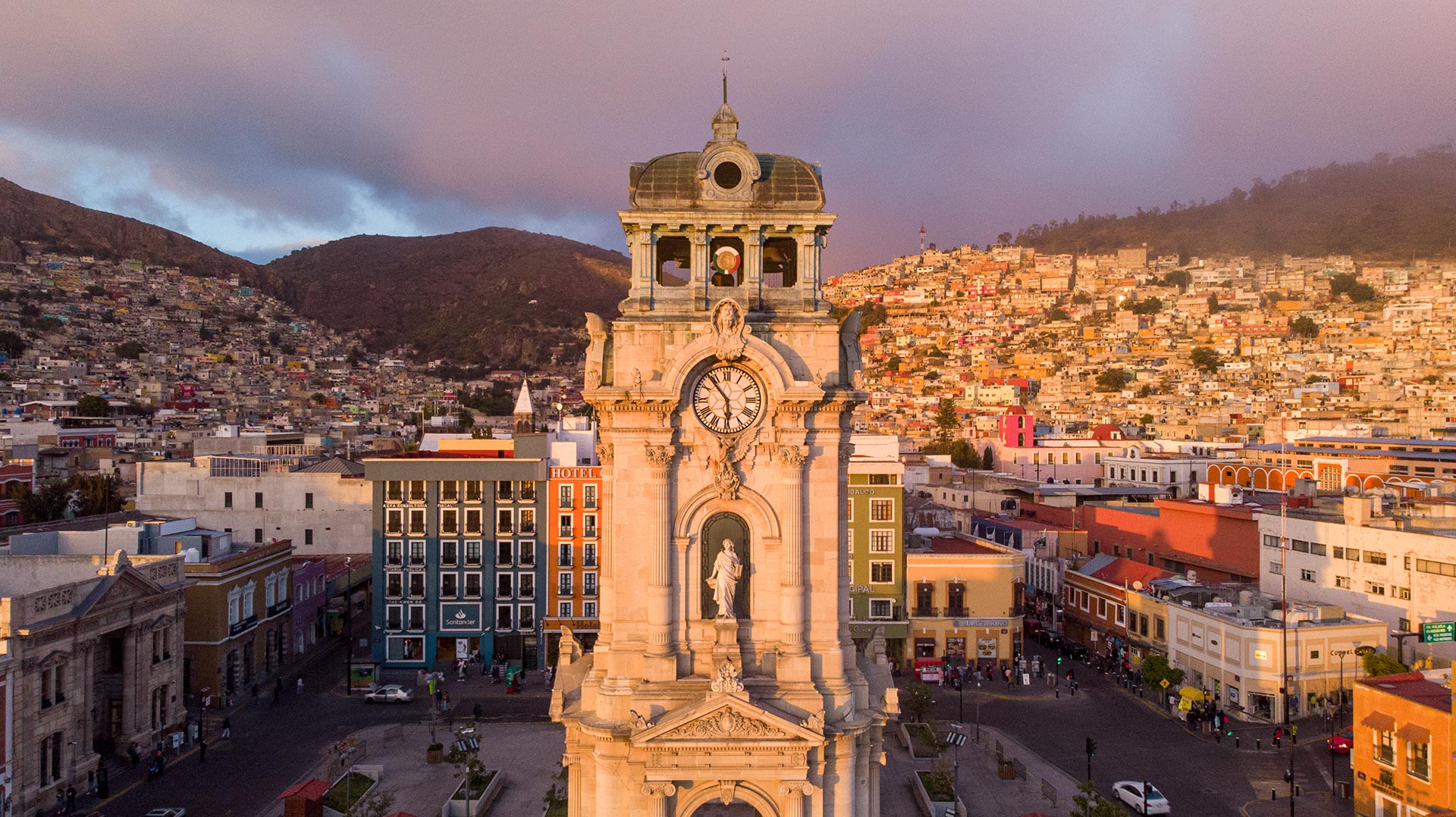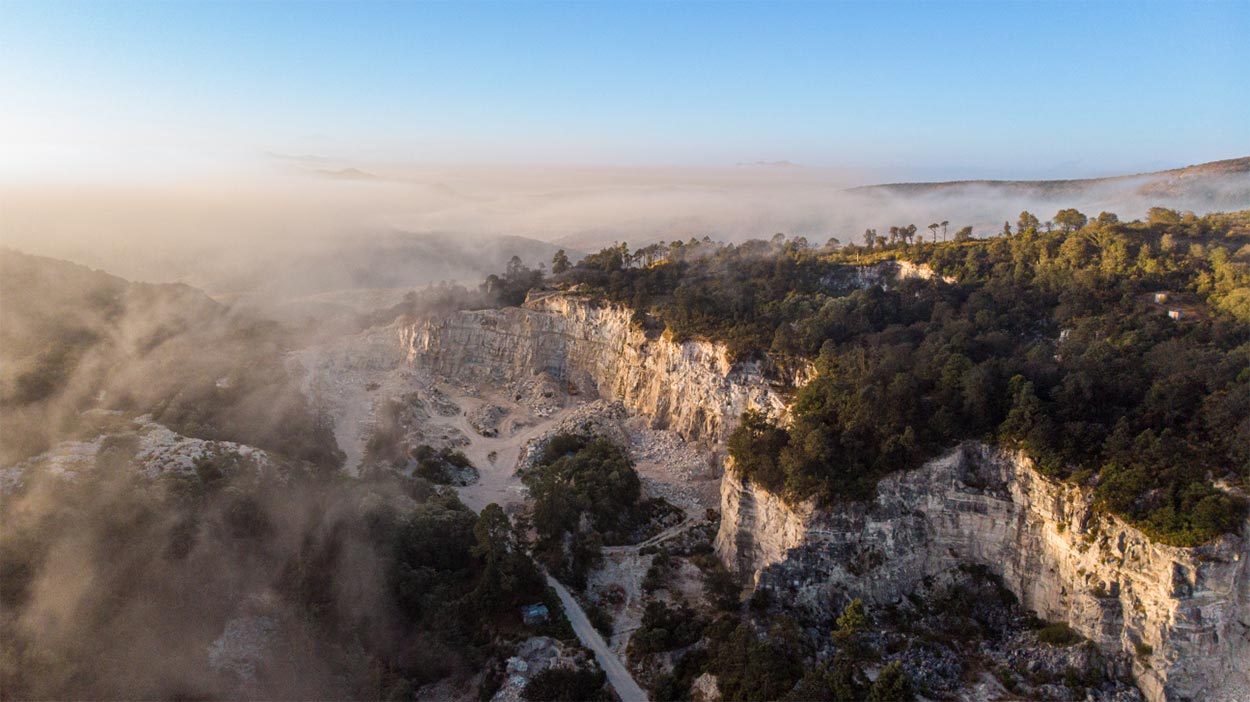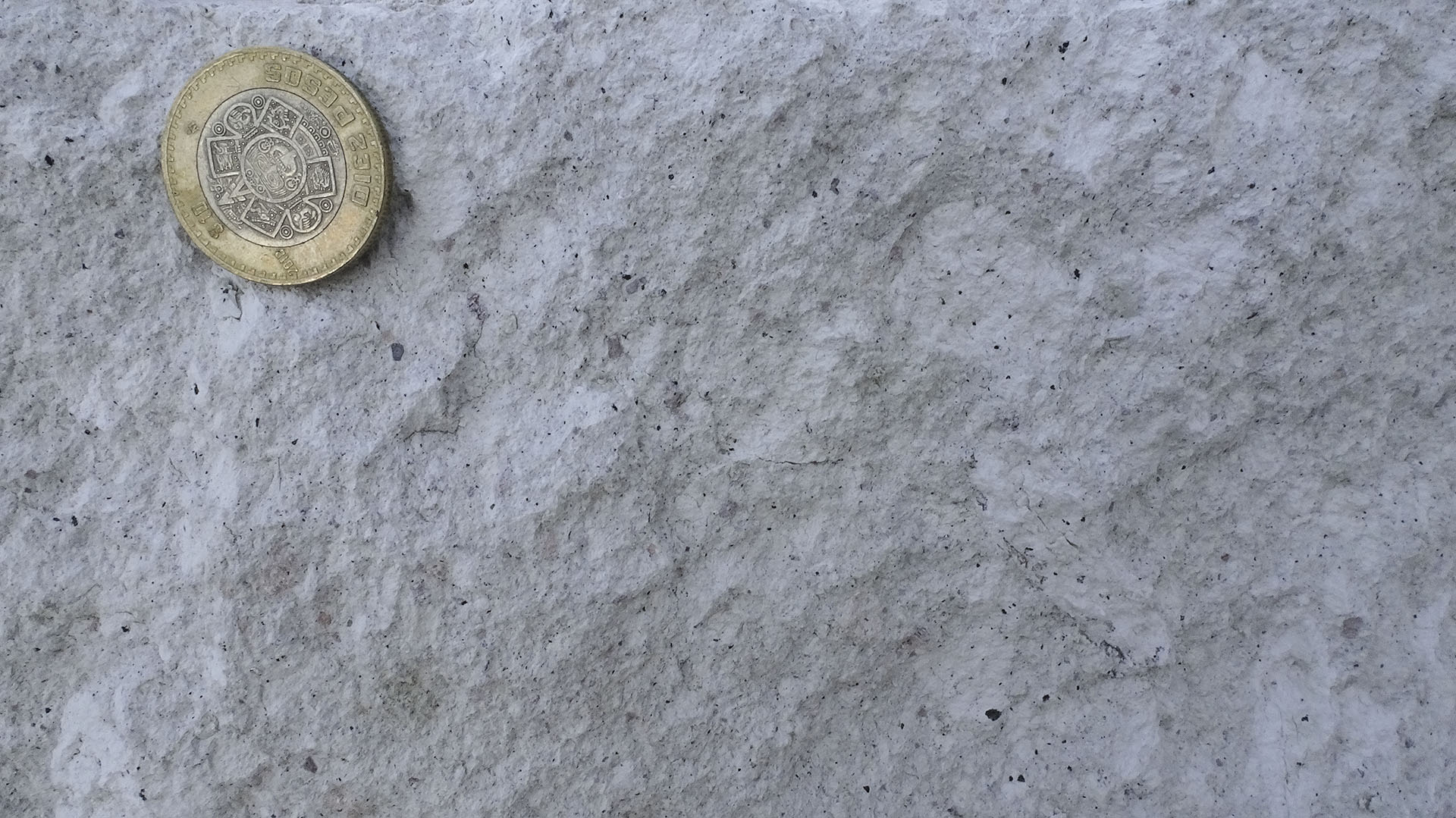
Reloj Monumental (Clock Tower), built in 1910, the most renowned monument of Pachuca de Soto, the Hidalgo state capital. This Neoclassical monument was inaugurated in 1910 to commemorate the centennial of Mexico’s independence. It was largely built of Tezoantla Tuff (Comarca Minera UNESCO Global Geopark)
Local native name
Year designation
Lithology
Aesthetics
Geological settings
Cenozoic – Miocene – Pachuca Group
Location
Tezoantla and Santa Rosalía villages, Mineral del Monte municipality, Hidalgo state
Reloj Monumental (Clock Tower), built in 1910, the most renowned monument of Pachuca de Soto, the Hidalgo state capital. This Neoclassical monument was inaugurated in 1910 to commemorate the centennial of Mexico’s independence. It was largely built of Tezoantla Tuff (Comarca Minera UNESCO Global Geopark)
Monuments and vernacular architecture in the mining heart of Mexico
The Tezoantla Tuff («Cantera de Tezoantla» in Spanish) has been quarried for at least 400 years in the municipality of Mineral del Monte of the Comarca Minera UNESCO Global Geopark (UGGp), in the state of Hidalgo. Due to its aesthetic value (in particular, the white variety) and suitable physical properties, this stone has been used as building and sculpture material in notable monuments of Baroque and Neoclassical styles of the state of Hidalgo and the historic center of Mexico City, most of which are cataloged in different lists of cultural heritage. In addition, it has been widely used in vernacular architecture and in industrial constructions that are part of the outstanding mining heritage of the geopark, with Cornish engine houses (19th century) standing out. The Heritage Stone designation of Tezoantla Tuff makes visible the link between geoheritage and the cultural heritage —including mining heritage— of Hidalgo and reinforces the global value of the geoheritage of the Comarca Minera UGGp.
- Author(s)
Carlos Canet


